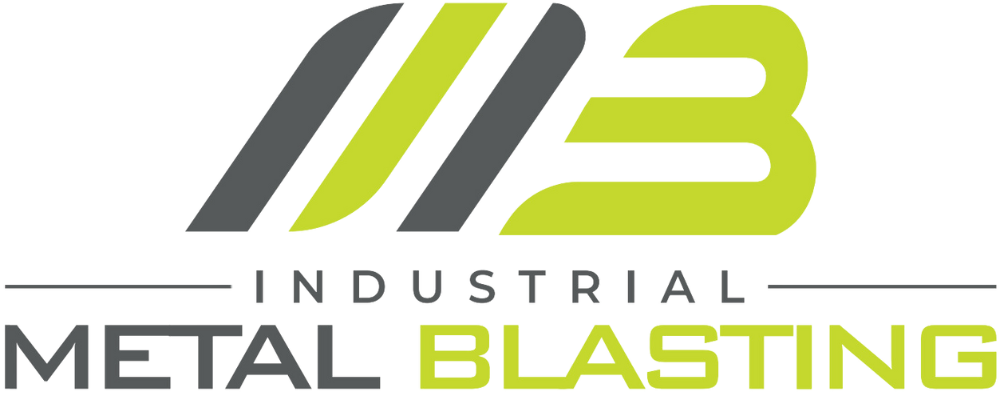Understanding Industrial Metal Blasting Techniques
Industrial metal blasting encompasses a variety of techniques used to clean, smooth, or prepare metal surfaces for further processing. Among the most common methods are sandblasting, shot blasting, and abrasive blasting, which each have unique characteristics and applications in diverse industries.
Firstly, sandblasting, also known as sandblasting, utilizes compressed air to propel abrasive materials—usually sand or garnet—against a metal surface. This method effectively removes rust, scale, and other contaminants. Sandblasting is particularly advantageous for large surface areas and intricate shapes, making it a widely used technique in the automotive and construction industries. The machinery involves a sandblasting nozzle, an air compressor, and a blast cabinet, ensuring controlled and efficient abrasive flow.
Next, shot blasting employs spherical particles, such as steel shots or grit, which are propelled at high velocity against the workpiece. This technique is commonly used for batch processing, improving surface finish, and enhancing the durability of metals. The shot blasting process typically involves a centrifugal wheel or air blast system. This method is particularly effective for removing surface imperfections and preparing surfaces for coatings or painting.
Abrasive blasting, a broader category, refers to several methods that use different materials and techniques. Aside from sand and steel shots, abrasive materials can include glass beads, walnut shells, and silica sand. Each of these materials provides distinct outcomes based on the desired finish, with glass beads, for example, being suitable for delicate parts, while walnut shells are often used for cleaning without damaging the substrate.
Safety measures are paramount in all metal blasting techniques to protect workers’ health and minimize environmental impact. Proper ventilation, protective gear, and dust collection systems must be in place to ensure a safe working environment. Understanding the nuances of each blasting technique, along with their respective applications, enables industries to select the most appropriate method tailored to specific needs.
Applications and Benefits of Industrial Metal Blasting
Industrial metal blasting is a versatile technique that finds applications across a multitude of sectors including manufacturing, automotive, aerospace, and construction. This process involves using high-pressure streams of abrasive materials to prepare, clean, and finish metal surfaces. In manufacturing, metal blasting is essential for preparing surfaces prior to painting or coating, ensuring optimal adhesion and longevity of the finish. Similarly, in the automotive industry, it is utilized for the surface preparation of components, crucial for achieving high-quality paint jobs and enhancing aesthetic appeal.
The aerospace sector also benefits significantly from metal blasting, where precision and quality are paramount. Here, it is employed to remove contaminants from aircraft parts, promoting better performance and safety features. In construction, metal blasting aids in the preparation and restoration of steel structures, ultimately improving durability and protection against environmental factors.
Beyond mere surface preparation, industrial metal blasting plays a critical role in corrosion control. By effectively cleaning metal surfaces, it prevents rust and degradation, extending the lifespan of components and reducing maintenance costs. This is particularly vital in environments exposed to harsh weather conditions or corrosive substances. The emphasis on longevity and performance makes metal blasting an attractive option for industries aiming to sustain their assets over extended periods.
The benefits of metal blasting are substantial and multifaceted. For instance, this technique enhances productivity by streamlining surface preparation processes, allowing for quicker project turnaround times. Additionally, the quality of finishes is markedly improved, yielding better aesthetics and functional performance. Compared to traditional surface preparation methods, industrial metal blasting is often more cost-effective, enhancing overall value through reduced labor and material costs. Real-world case studies further underline these advantages, illustrating how companies have successfully integrated industrial metal blasting into their operations, ultimately driving both efficiency and quality in their output.
